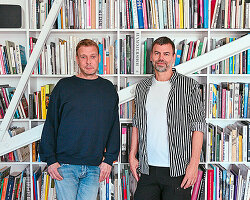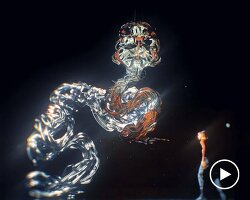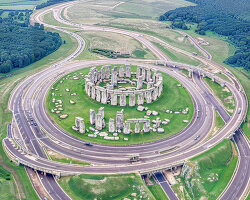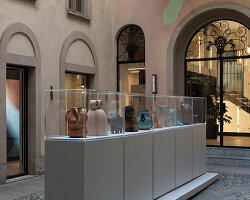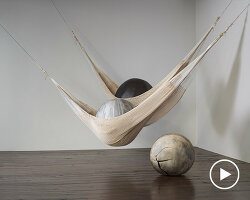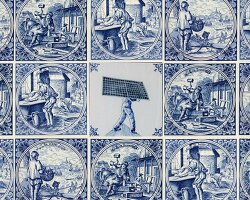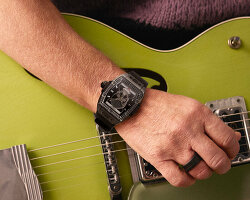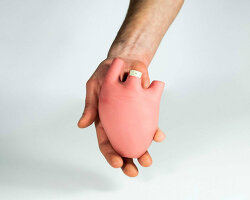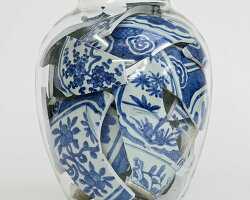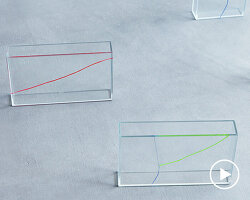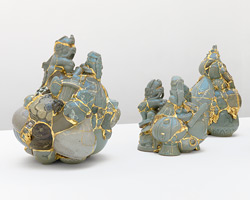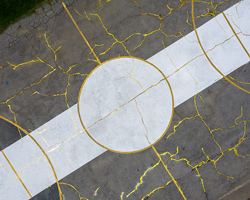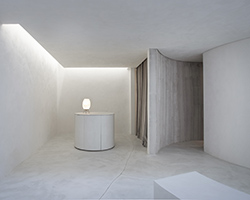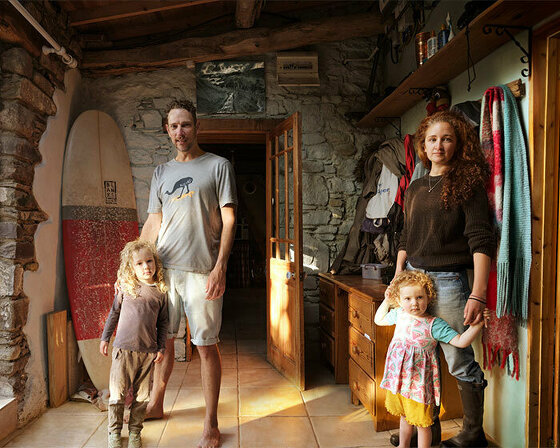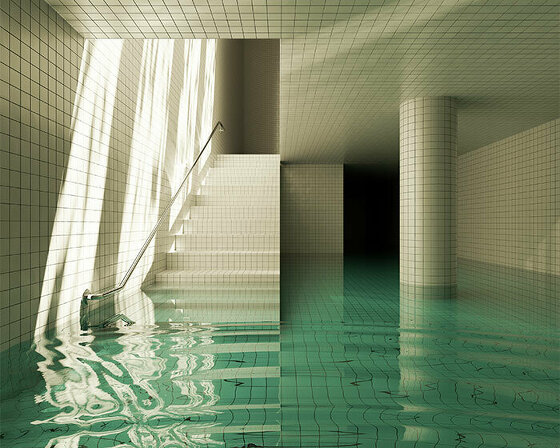
bouke de vries, tobacco jar garniture, 2020,contemporary glass following the original form of its contents; three 18th century blue and white dutch delft vases with brass lids and marble bases
KEEP UP WITH OUR DAILY AND WEEKLY NEWSLETTERS
happening now! at milan design week 2024, samsung creates a world where the boundaries between the physical and digital realms blur.
PRODUCT LIBRARY
designboom speaks with french artist JR about la nascita, his new monumental rock installation just outside milan central station.
the 'poet of iron', as dubbed by his colleagues, passed away at his home in orient, new york, after a battle with pneumonia.
connections: +110
renowned photographer annie leibovitz, IKEA's first-ever artist in residence, unveils 25 powerful portraits of family life from stockholm to tokyo.
connections: +480
the digital creations evoke a sense of eerie nostalgia, blurring the boundary between dreams and reality.
connections: +360
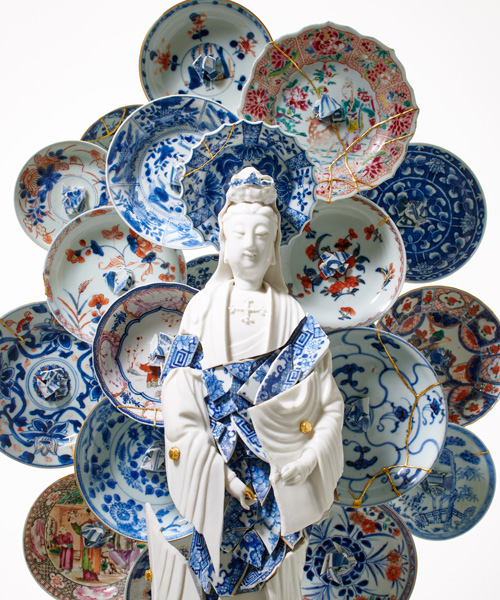
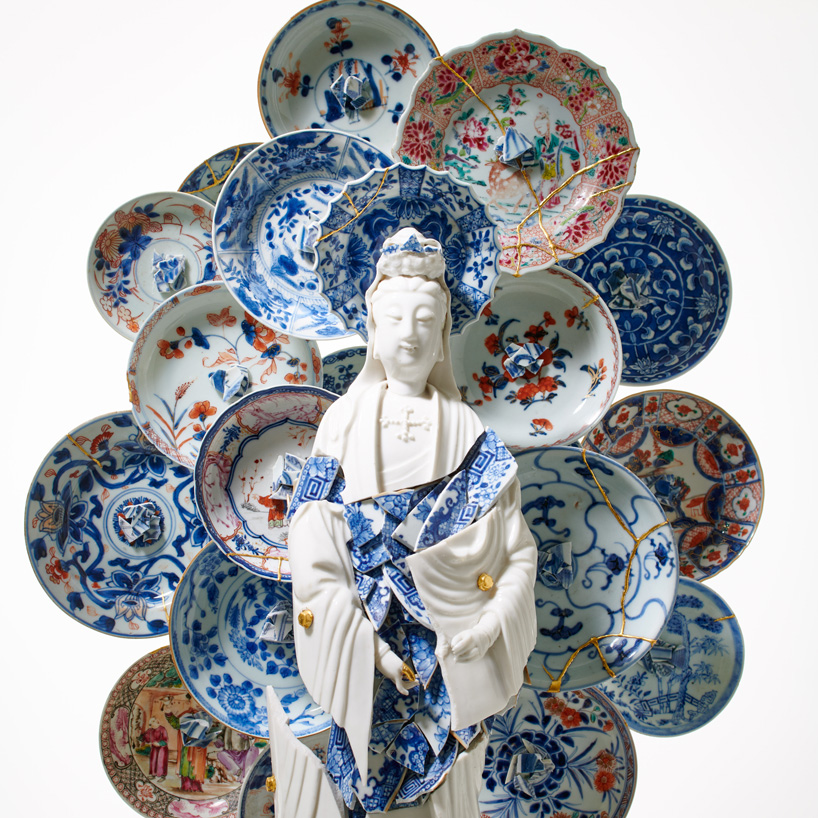 bouke de vries, guan yin with a nimbus of saucers, 2019, 18th century chinese blanc de chine porcelain figure, 18th century chinese porcelain fragments and wooden base
bouke de vries, guan yin with a nimbus of saucers, 2019, 18th century chinese blanc de chine porcelain figure, 18th century chinese porcelain fragments and wooden base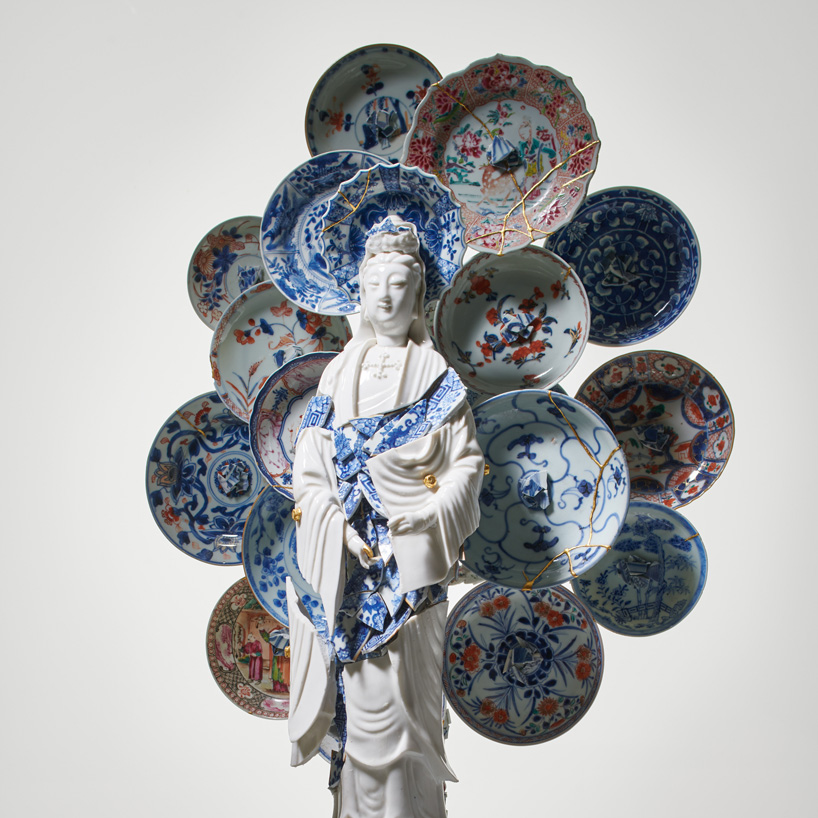 bouke de vries, guan yin with a nimbus of saucers, 2019, 18th century chinese blanc de chine porcelain figure, 18th century chinese porcelain fragments and wooden base
bouke de vries, guan yin with a nimbus of saucers, 2019, 18th century chinese blanc de chine porcelain figure, 18th century chinese porcelain fragments and wooden base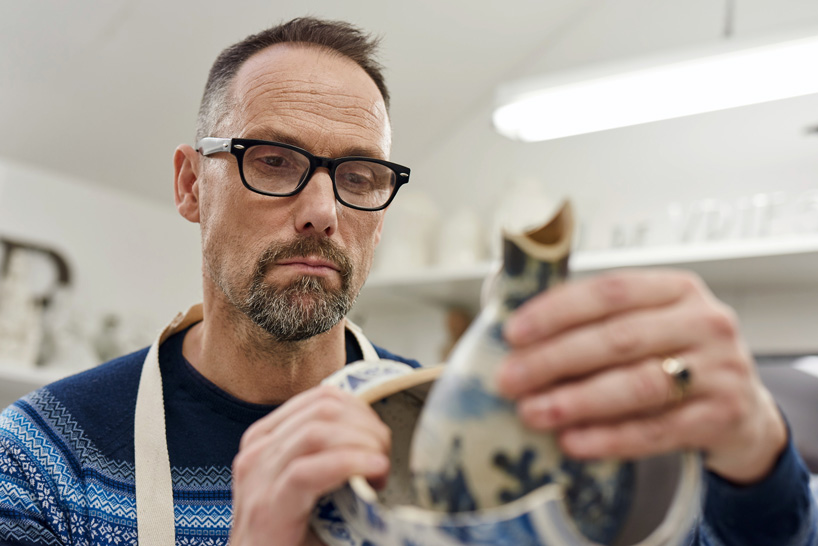
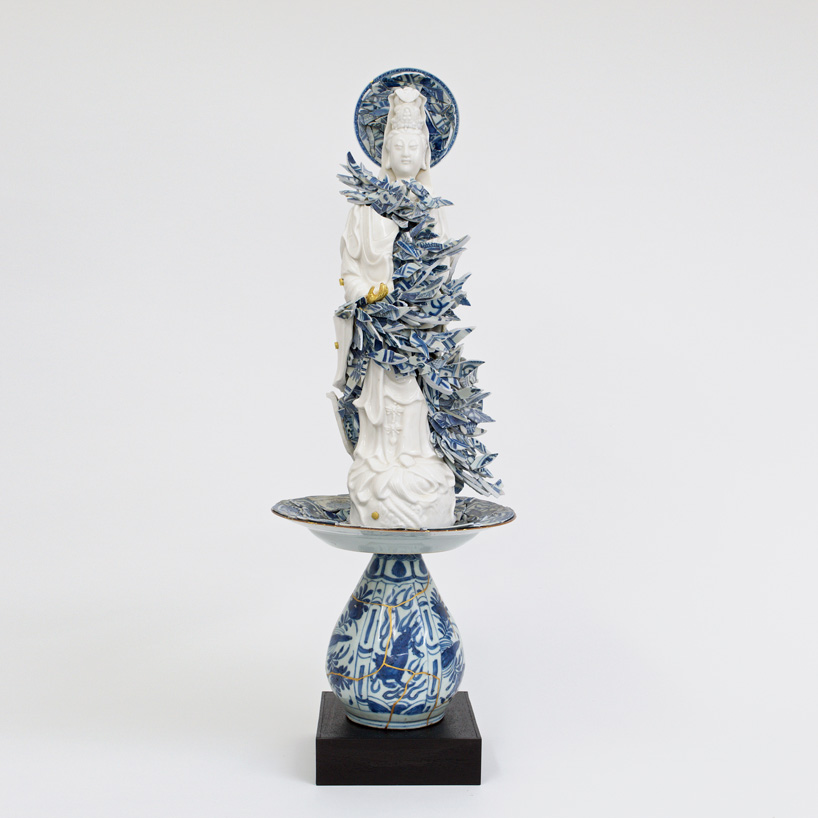 bouke de vries, guan yin in a cloud of shards, 2019
bouke de vries, guan yin in a cloud of shards, 2019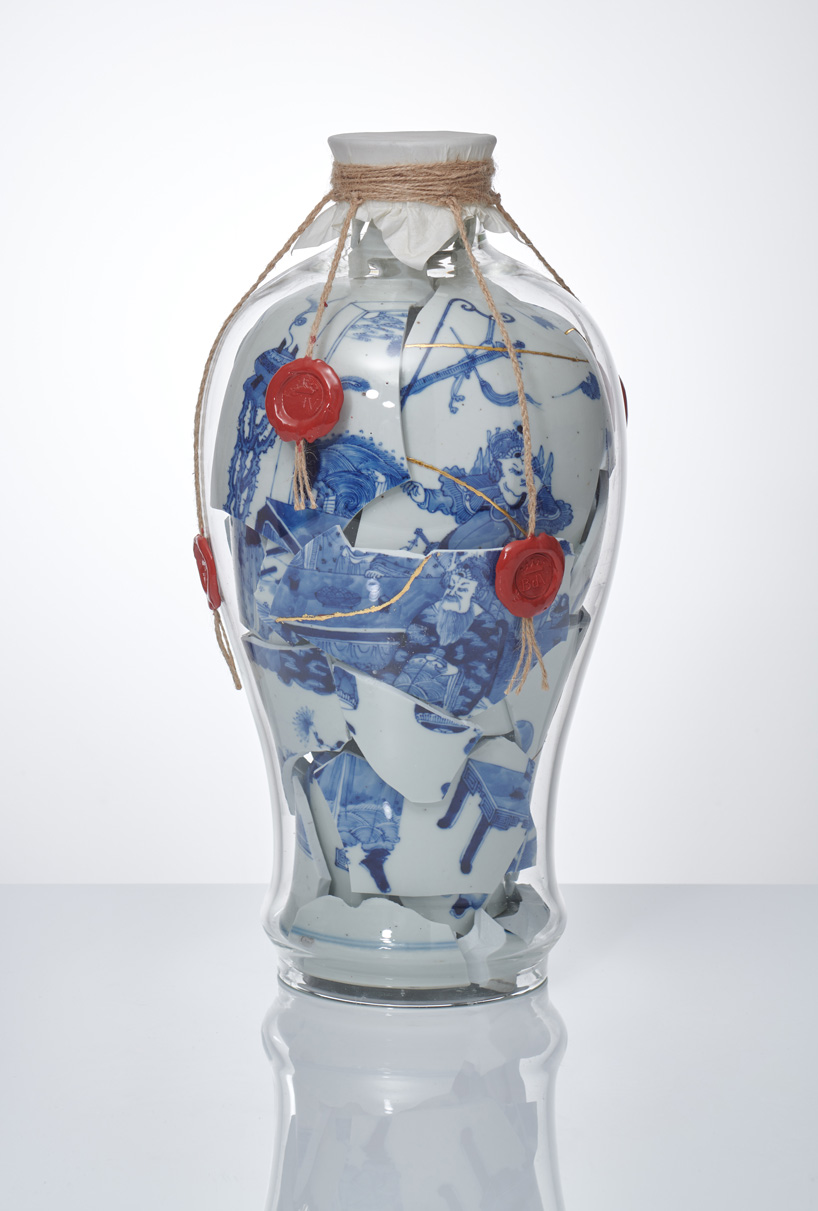 bouke de vries, memory vessel lxvii, 2020, contemporary glass following the original form of its contents; the collected remains of an 18th century qing dynasty chinese porcelain vase with parchment paper cover
bouke de vries, memory vessel lxvii, 2020, contemporary glass following the original form of its contents; the collected remains of an 18th century qing dynasty chinese porcelain vase with parchment paper cover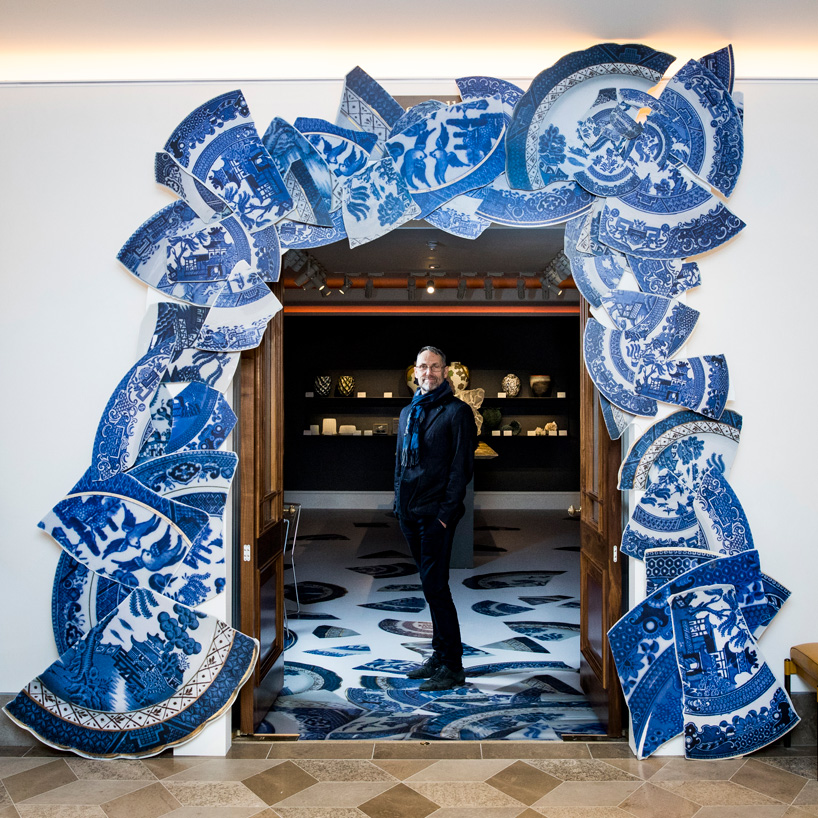 the entrance piece at sotheby’s, london
the entrance piece at sotheby’s, london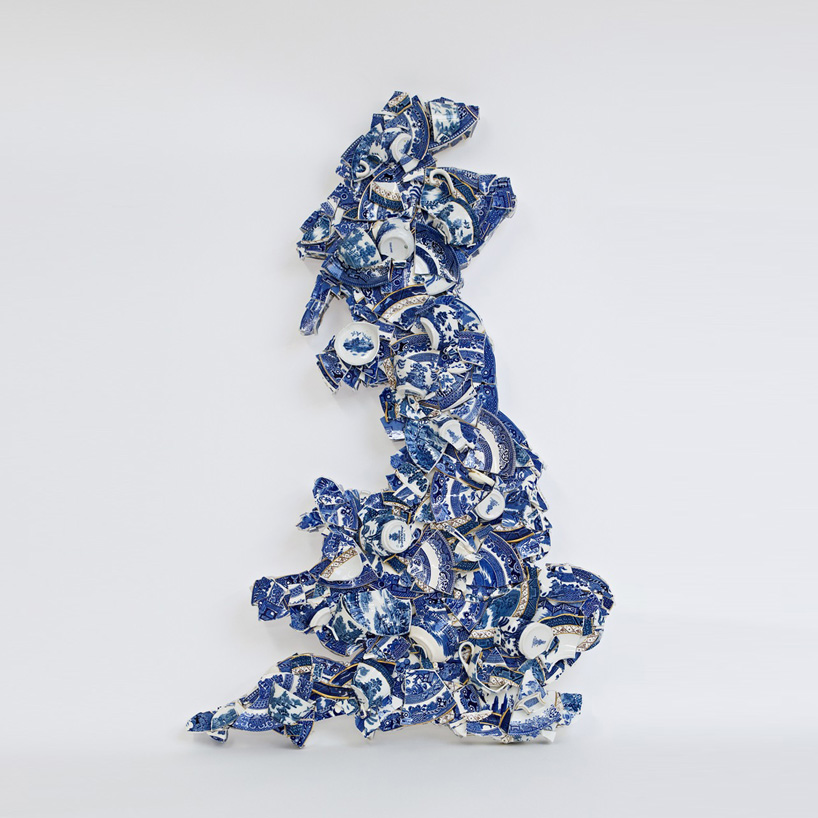 bouke de vries, homeland britain ii, 2020, 20th century blue and white english earthenware fragments
bouke de vries, homeland britain ii, 2020, 20th century blue and white english earthenware fragments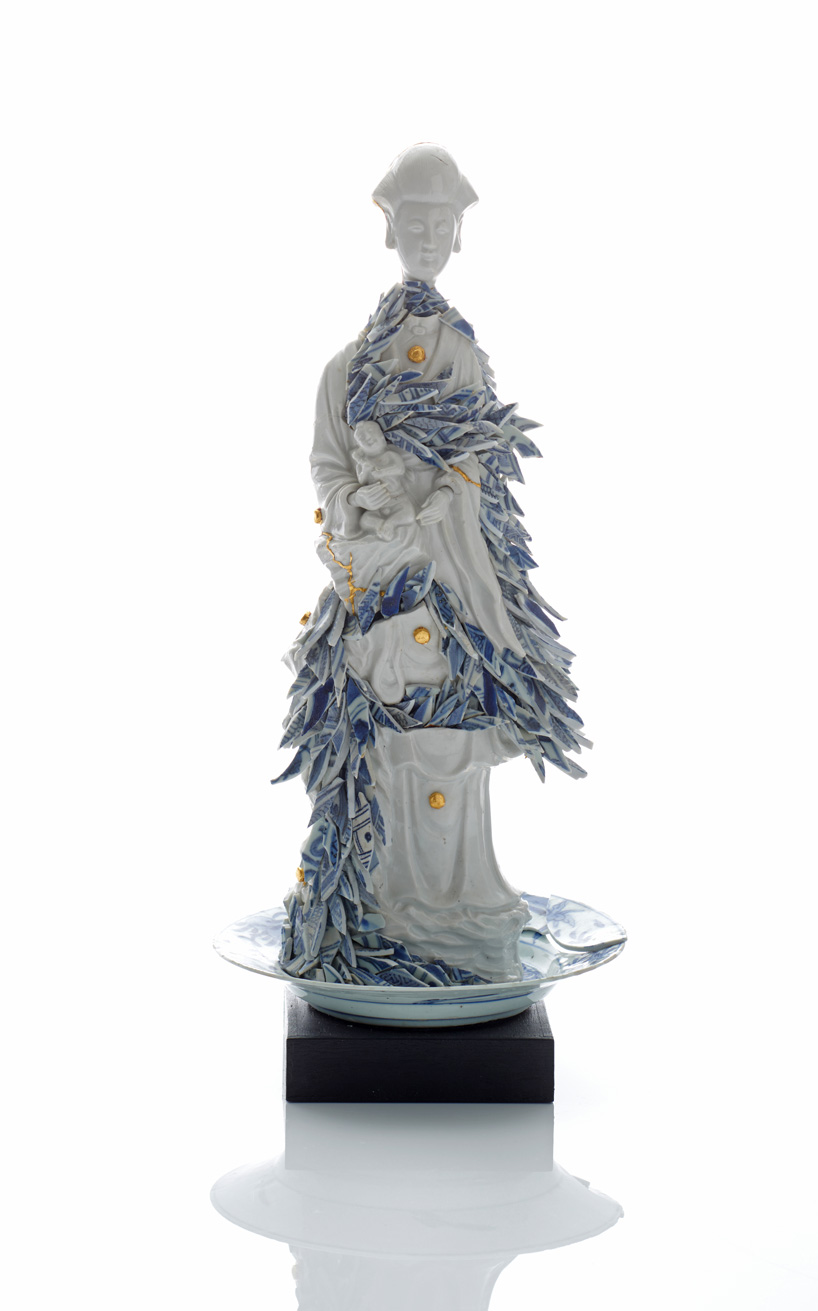 bouke de vries,guan yin with porcelain shards, 2020, late 17th century kangxi chinese blanc de chine porcelain figure, early 17th century chinese ming dynasty porcelain fragments and wooden base
bouke de vries,guan yin with porcelain shards, 2020, late 17th century kangxi chinese blanc de chine porcelain figure, early 17th century chinese ming dynasty porcelain fragments and wooden base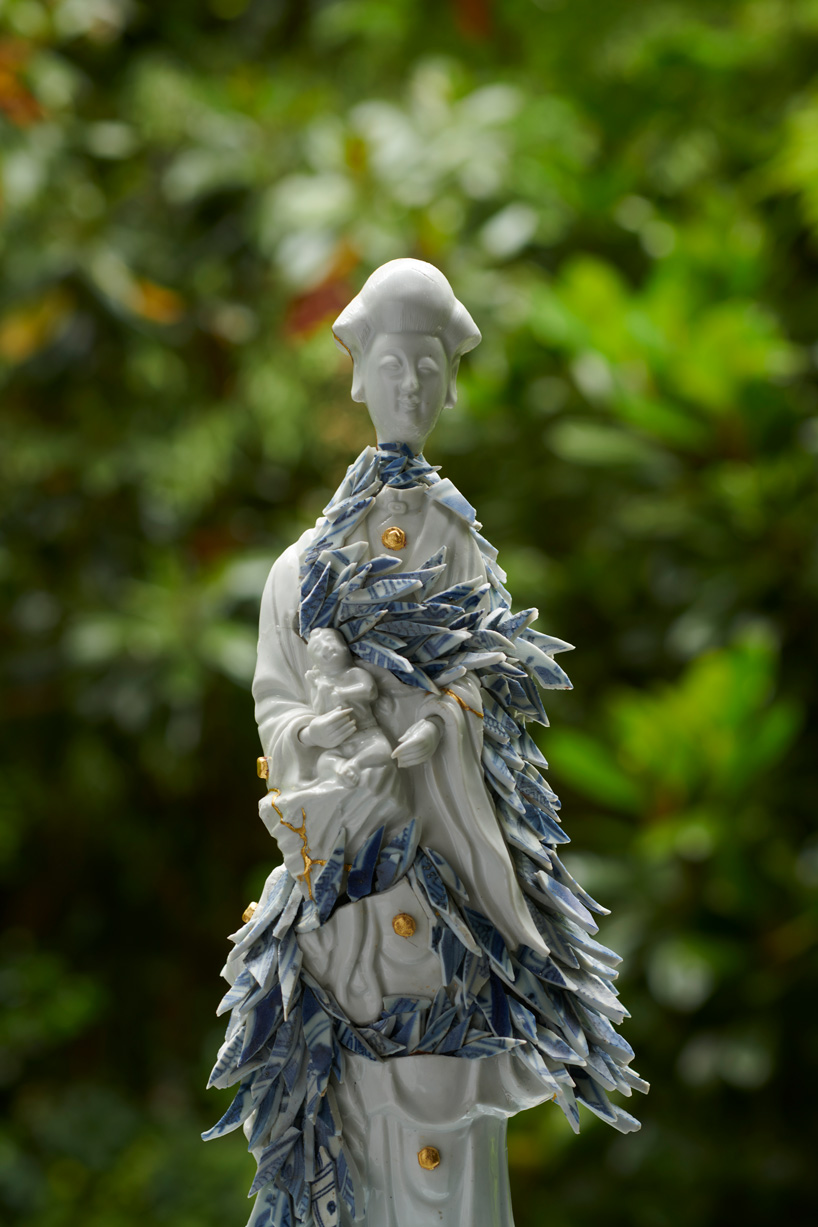 bouke de vries,guan yin with porcelain shards, 2020, late 17th century kangxi chinese blanc de chine porcelain figure, early 17th century chinese ming dynasty porcelain fragments and wooden base
bouke de vries,guan yin with porcelain shards, 2020, late 17th century kangxi chinese blanc de chine porcelain figure, early 17th century chinese ming dynasty porcelain fragments and wooden base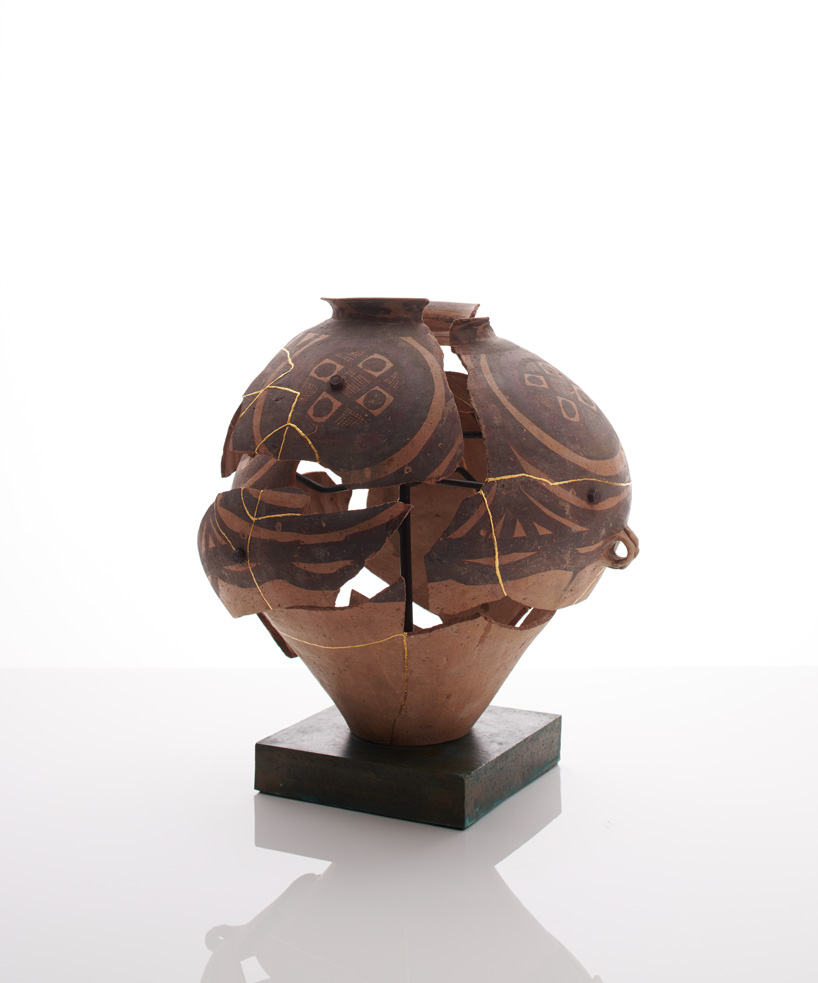 bouke de vries, deconstructed neolithic machang jar, 2019 2,500-2,000 BC chinese earthenware jar on a bronze base
bouke de vries, deconstructed neolithic machang jar, 2019 2,500-2,000 BC chinese earthenware jar on a bronze base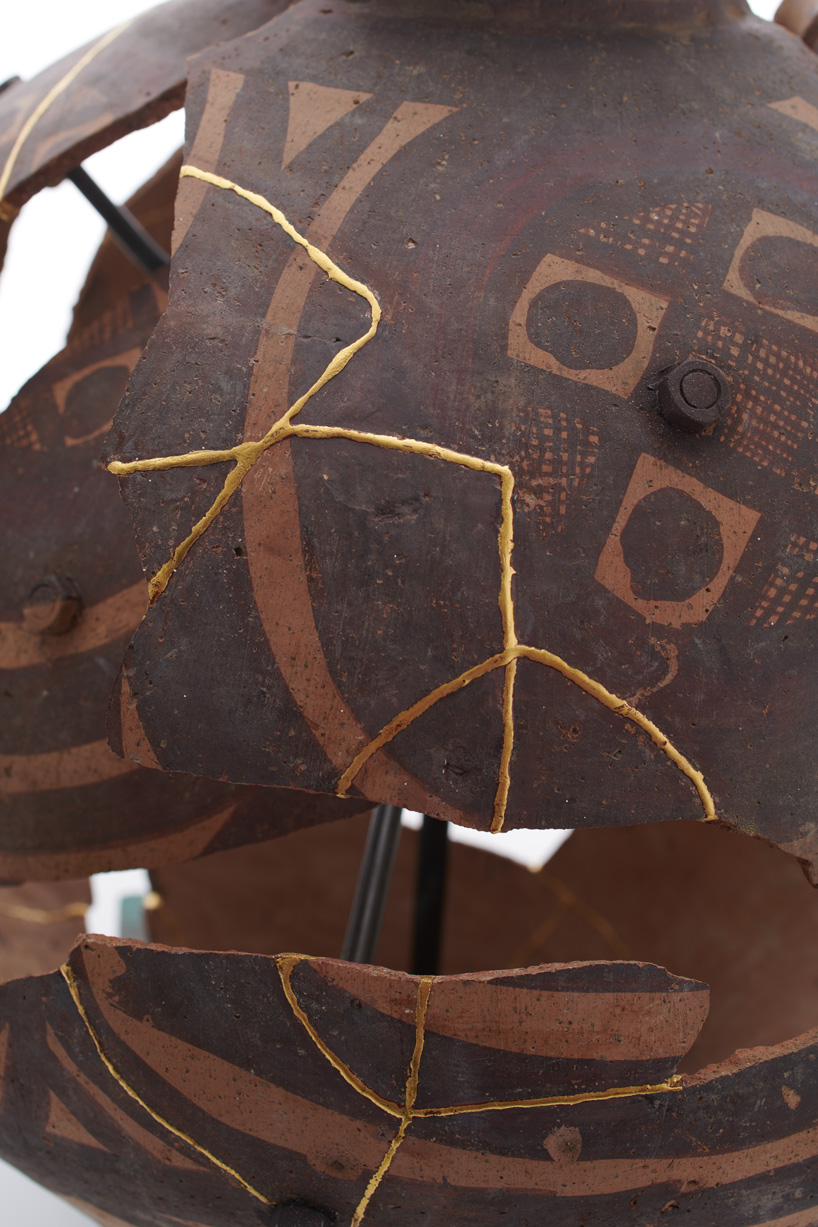 bouke de vries, deconstructed neolithic machang jar (detail), 2019 2,500-2,000 BC chinese earthenware jar on a bronze base
bouke de vries, deconstructed neolithic machang jar (detail), 2019 2,500-2,000 BC chinese earthenware jar on a bronze base


